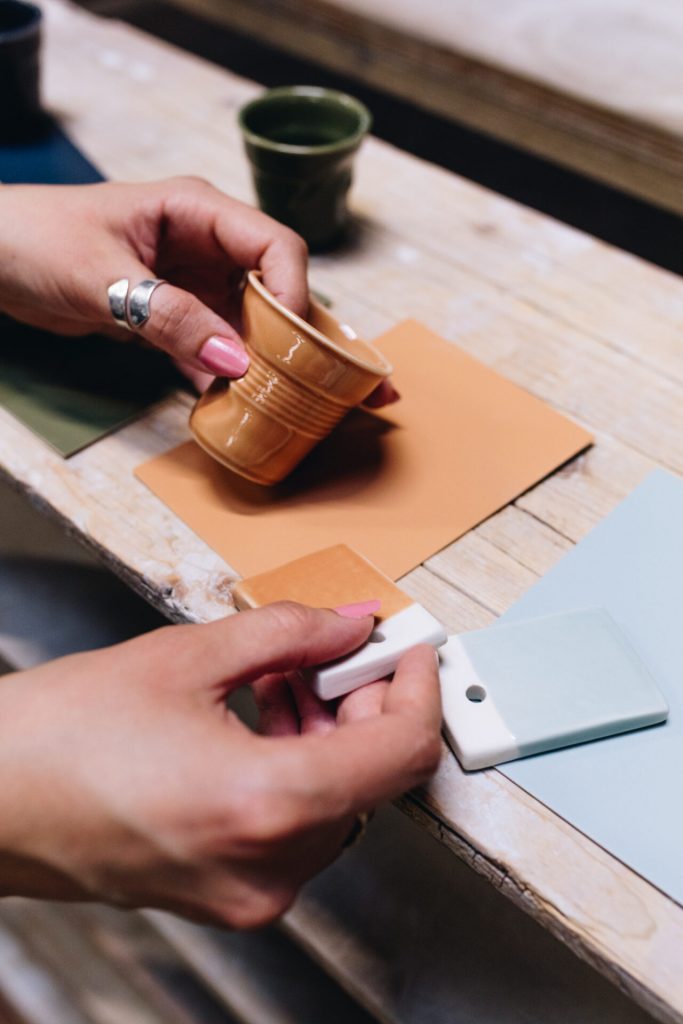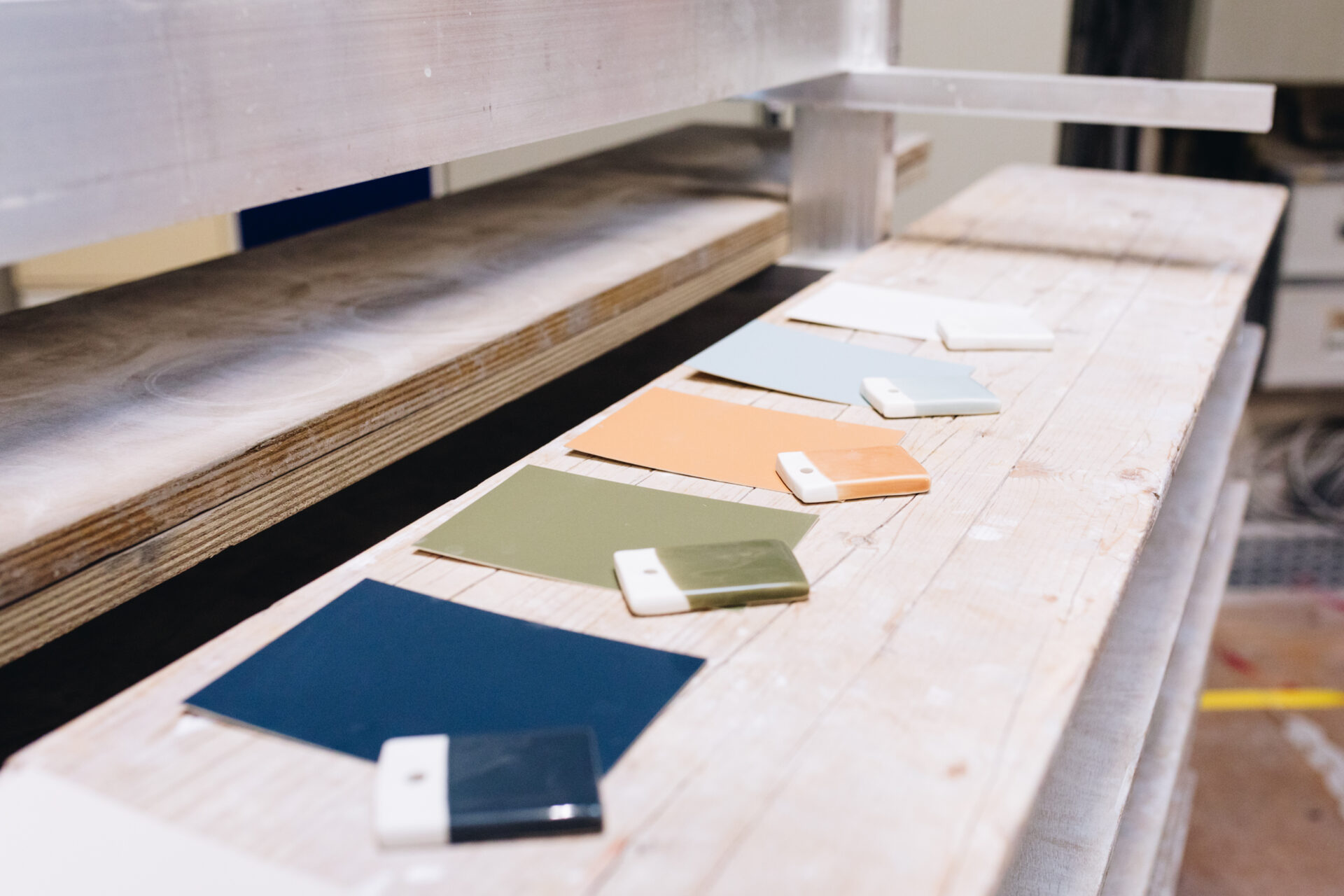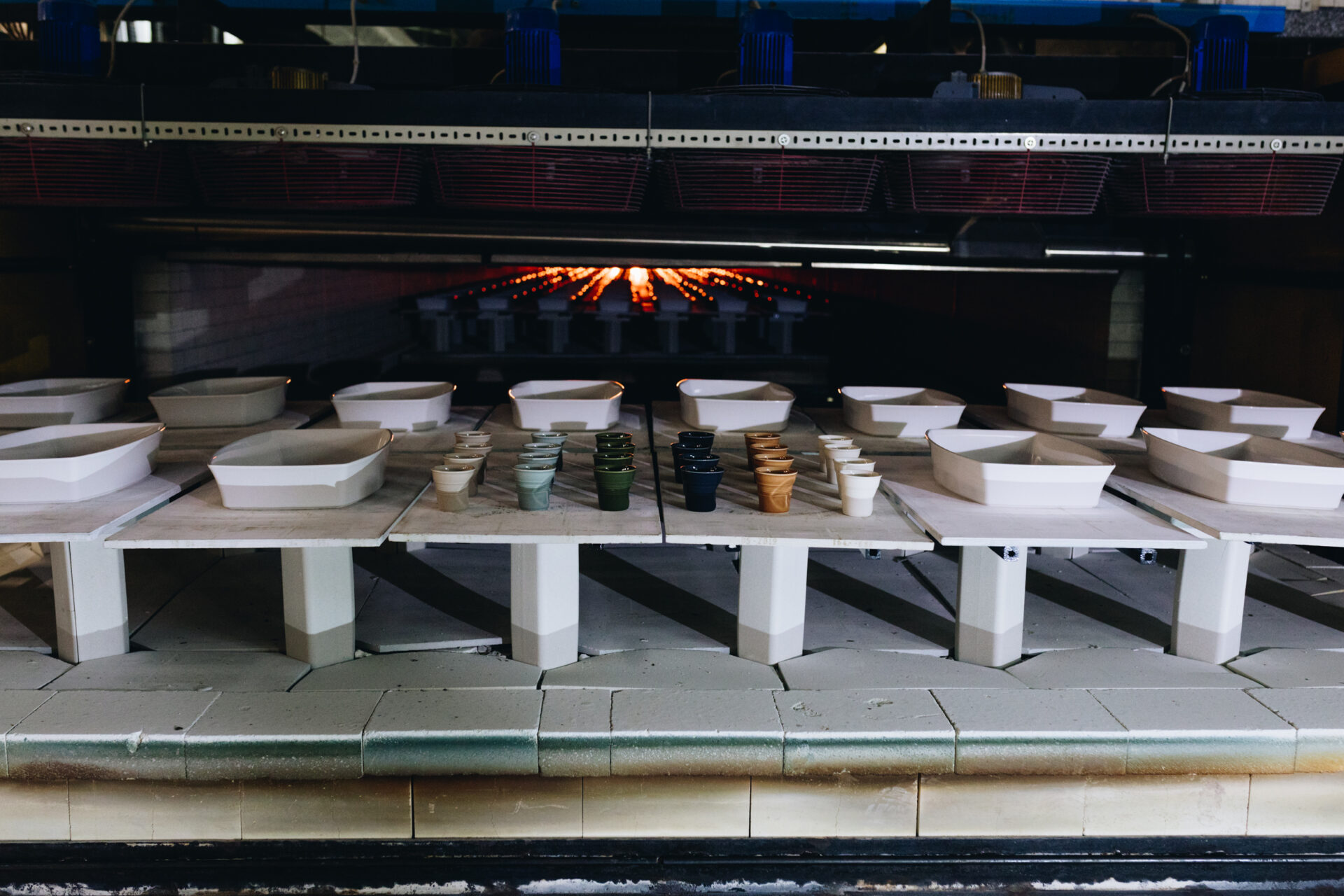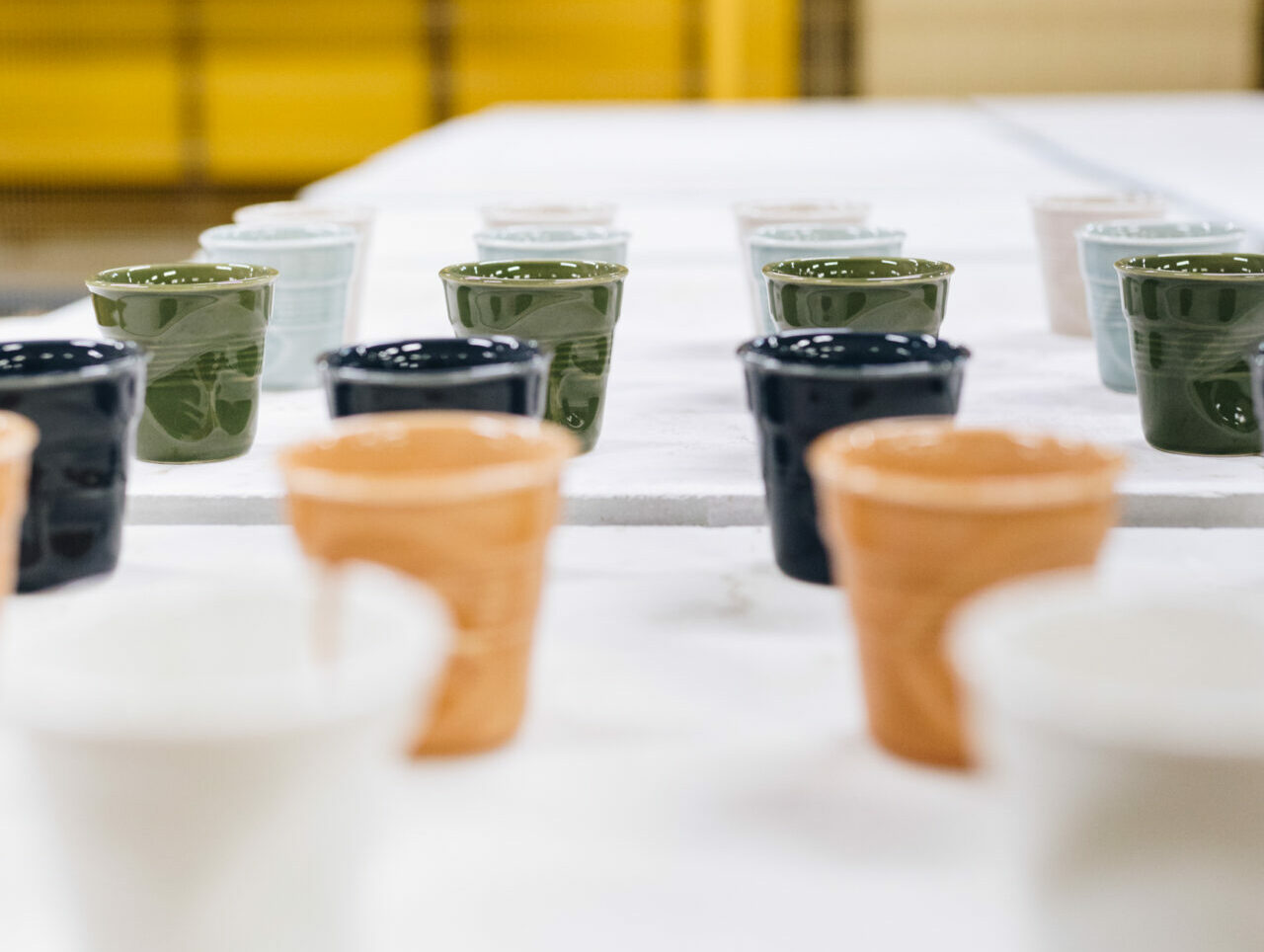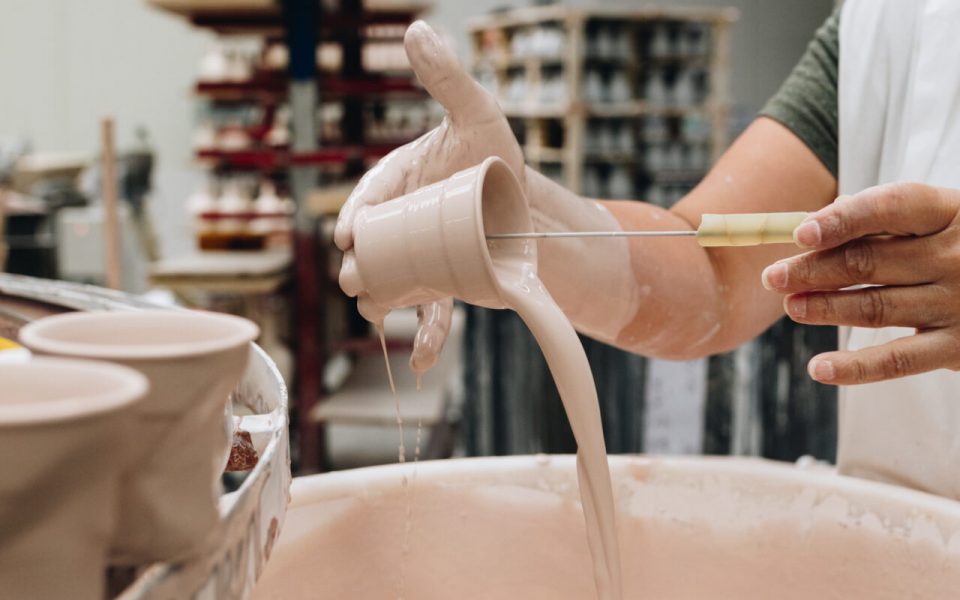A cup that last!
At the other end of the spectrum from the disposable results of mass production, Revol’s Froissé arrived on the scene in 2000. As durable as its plastic alter ego is ephemeral, as poetic as the other is purely functional, the Revol cup is a good-humoured distortion of the original. Already familiar in our homes, the original Revol cup now appeals to firms keen to reduce their environmental footprint by offering their collaborators an original cup that can be personalised and that is an intrinsic part of a coffee break.
Manufacturing secrets
Since the first batch was completed in our workshops 21 years ago, Revol’s Froissé cup has continued to be produced at our factory in Saint Uze in France. Poured, shaped and enamelled by hand, its beauty and quality come from the talent of our artisans, who remain faithful to the firm’s longstanding ceramics traditions...
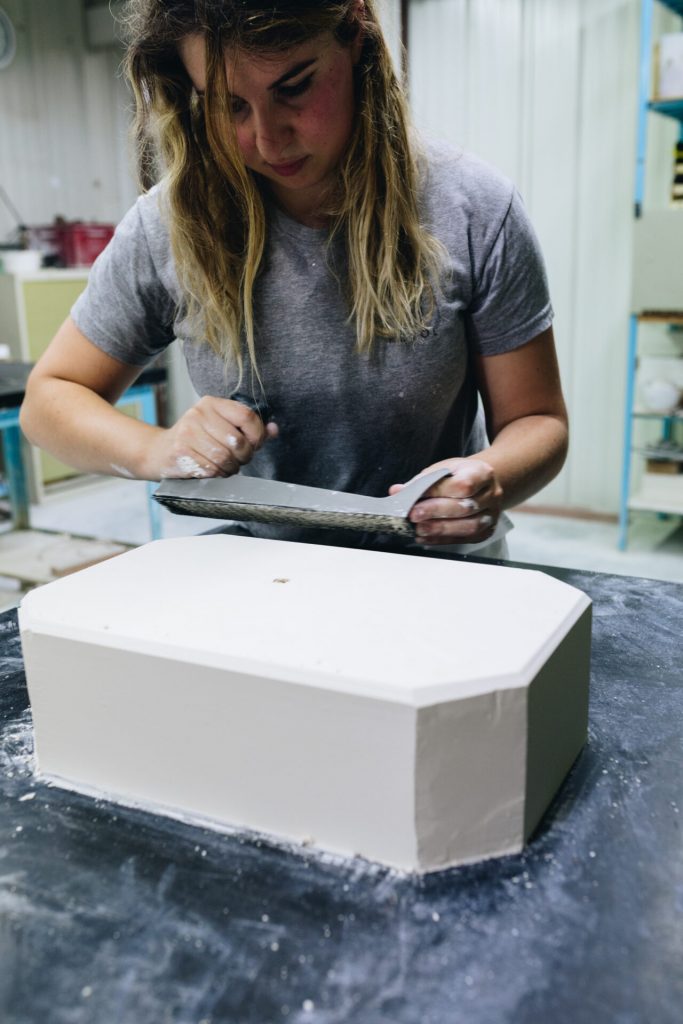
1. The moulds
It all begins in the modelling workshop, with the creation of the plaster mould. Made by hand, the mould is made up of three pieces. It opens up, allowing one to remove the raw product without destroying its shape. An average of 80 pieces are made by each mould. After use, it’s ground up and the plastic is collected and recycled in the building’s facility.
2. The casting
Now it goes to the ‘traditional’ pouring workshop. With the help of a gun, the mould is manually filled with a liquid paste called ceramic slip. After the slip has been left to start drying for about 10 minutes, the mould is turned over to get rid of the excess liquid paste. Then the mould is opened and the piece that has firmed and taken shape is taken out very carefully.
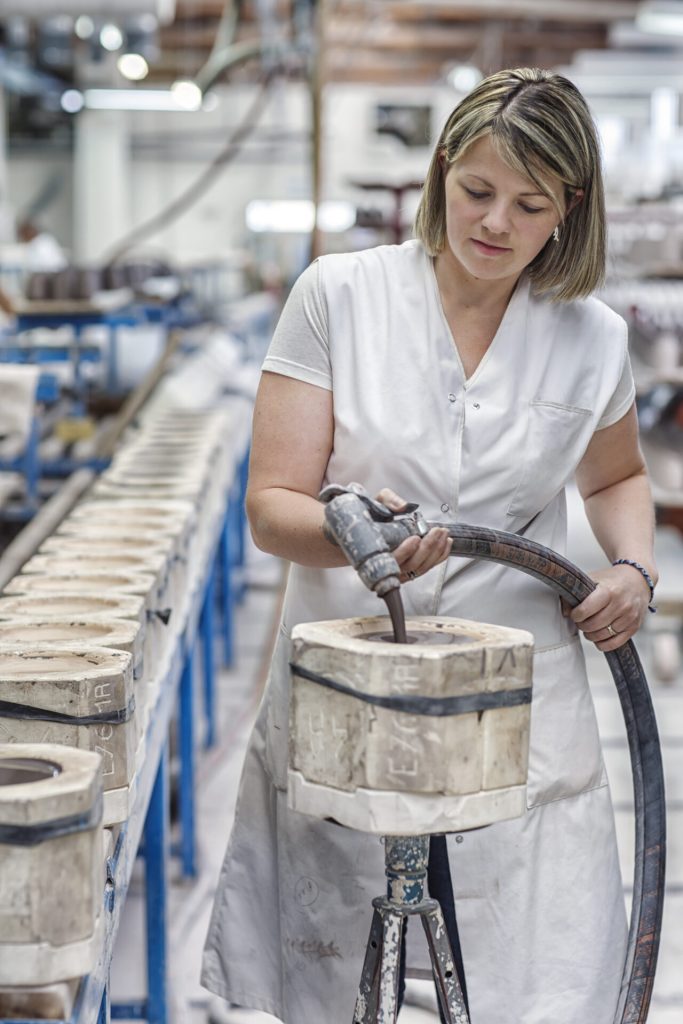
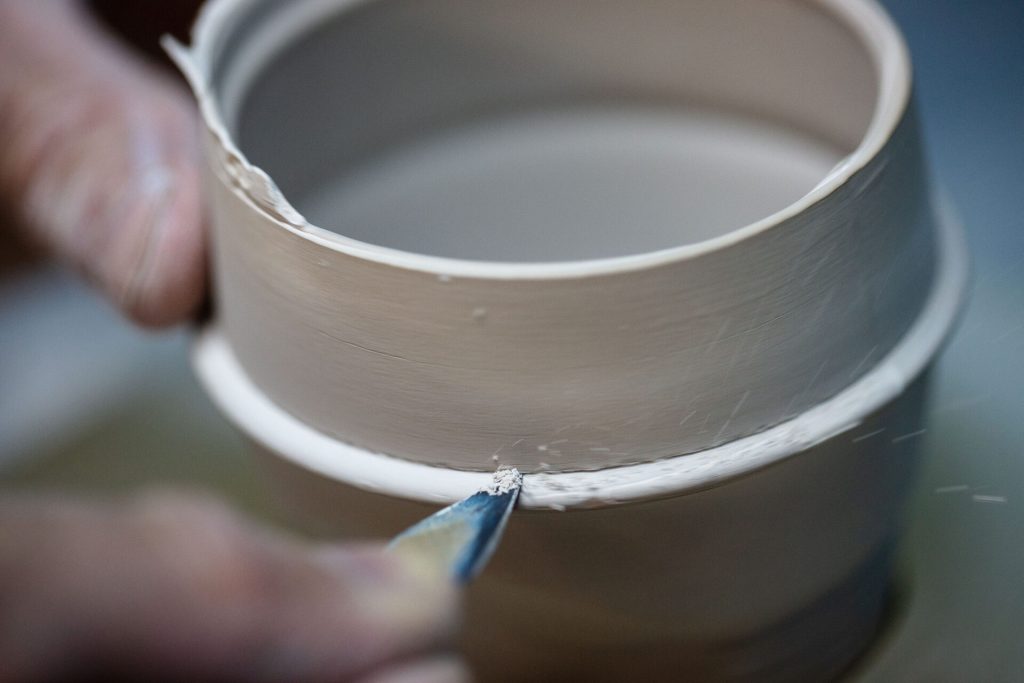
3. Finishes
It’s time for the finishers to work their magic. Their role is to use a blade to get rid of the seams left by the mould and the upper collar, giving the object its smooth curves. With the help of a damp sponge, the edges and the lip are smoothed. Each piece is held very carefully; the movement has to be very fast and controlled.
4. The enamelling
The cup is ready for enamelling. This process give each cup its colour: each piece is fully immersed in an enamel bath made up of natural pigments and then taken out very quickly and smoothly to stop the paint running. At this point, the colour isn’t yet visible.
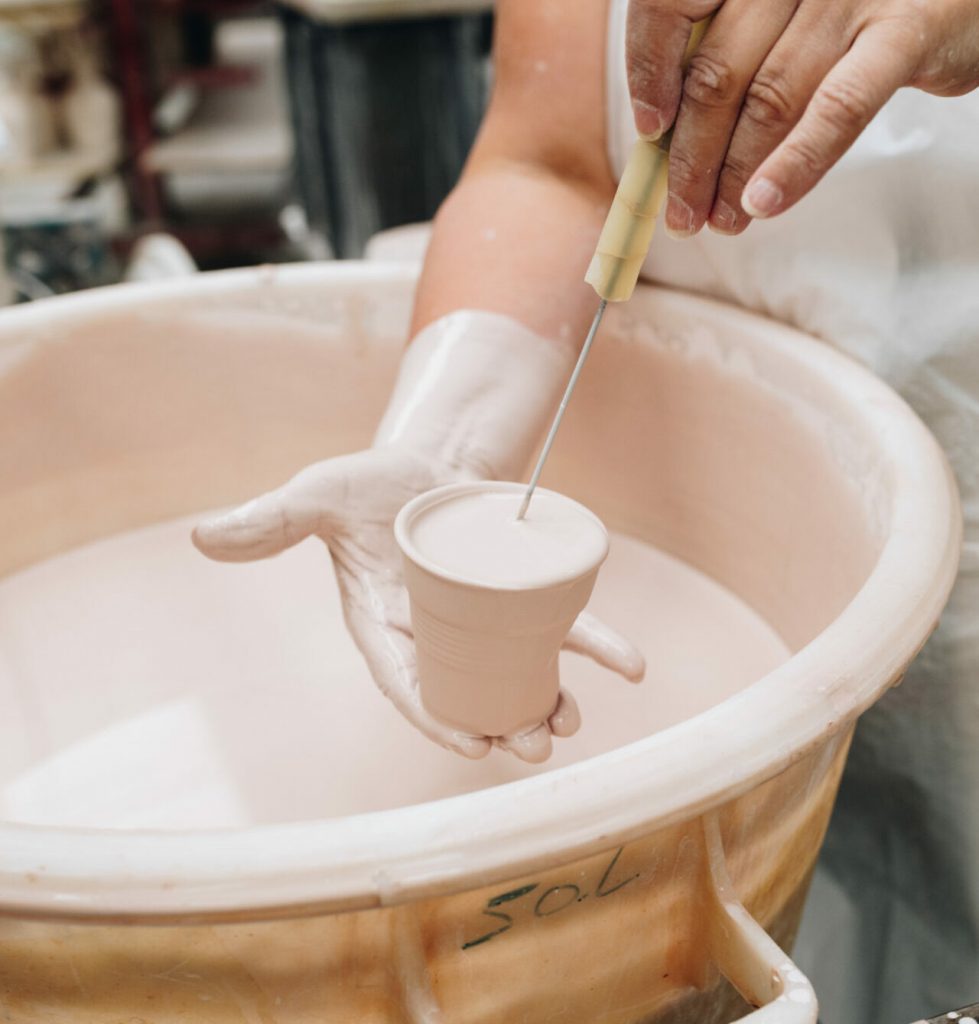
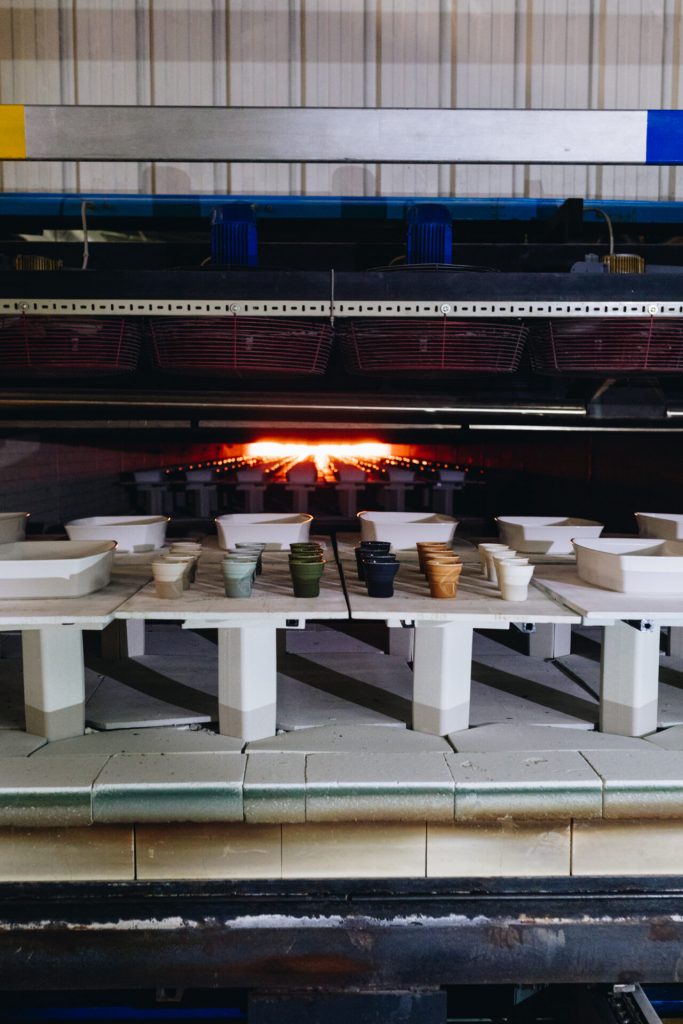
5. The firing
In the fiery last stage, the cup is placed in the huge 70m tunnel oven and fired at 1,320°C. It comes out 10 hours later. This is a magical moment in which the cup is transformed and the nuances of its colour and shine revealed.
The Revol's color research
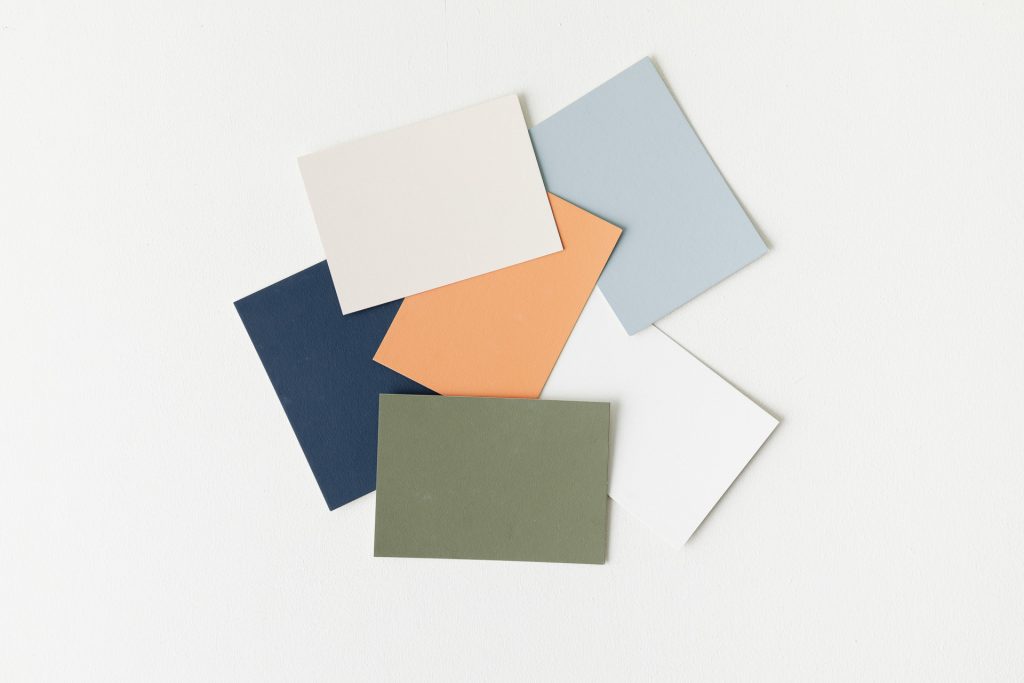
Revol’s colours are born in its research laboratory. Working closing with the artistic director, the lab’s role is to match colours on the porcelain with those applied onto paper samples.
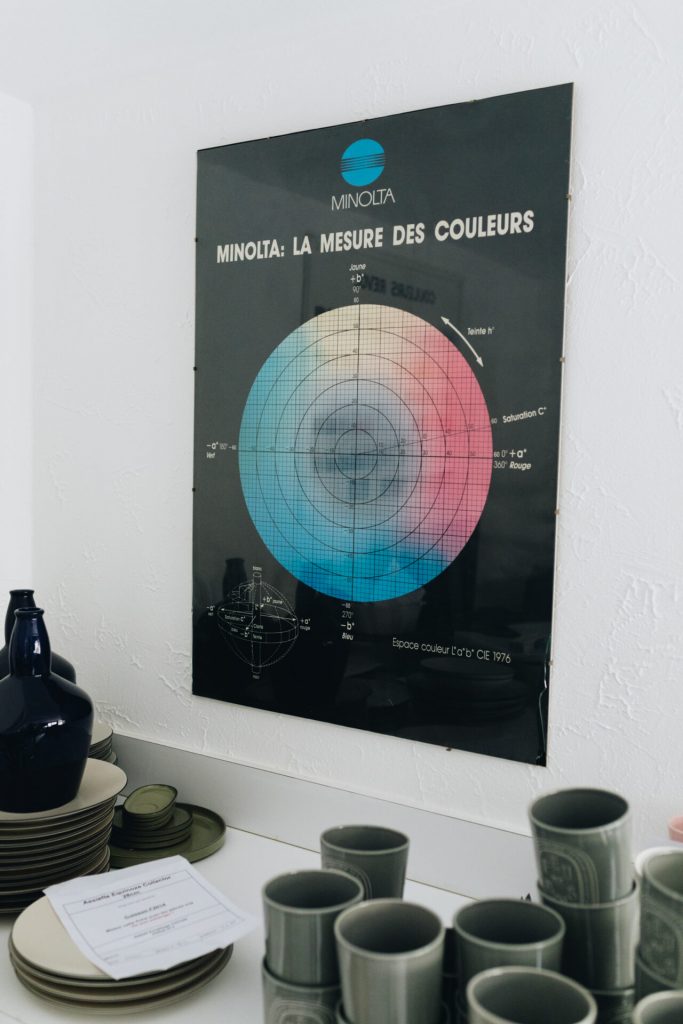
The work in the lab begins with the breaking down of each colour into a colour wheel that defines what is being aimed at. Once the measurements have been taken, the different pigments of the colours are chosen according what is being aimed at: colours, nuances, intensity, effects. They’re then mixed to obtain different enamel baths into which successive ‘test’ samples of porcelain are plunged.
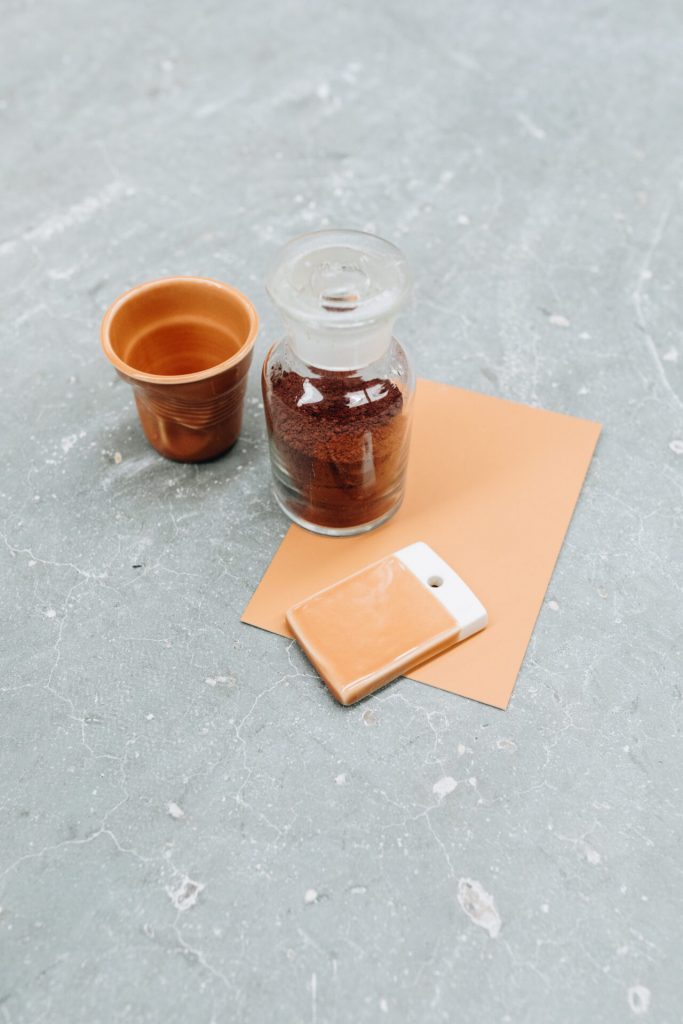
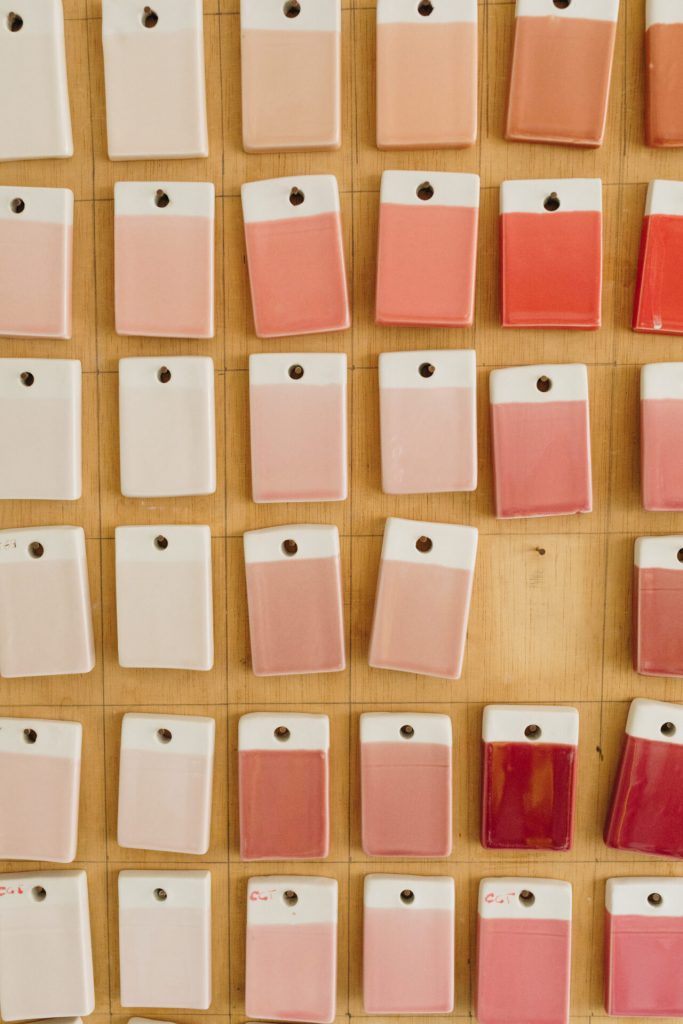
After being fired at 1,320°C, each sample reveals its porcelain colour and its wealth of nuances. Through a process of small adjustments and more tests, the colours are refined and the aim is achieved. Once the formula has been agreed on, the enamel colours are placed on cups for a final check. It’s a process that requires as much patience as skill to satisfy the colourists’ demands.
